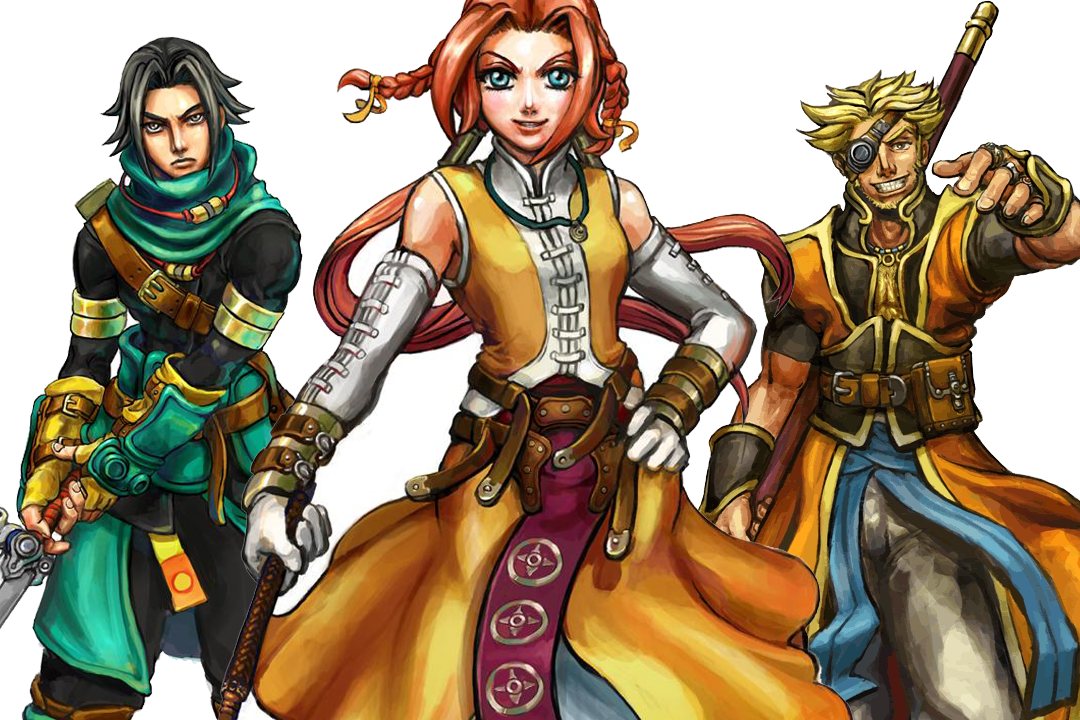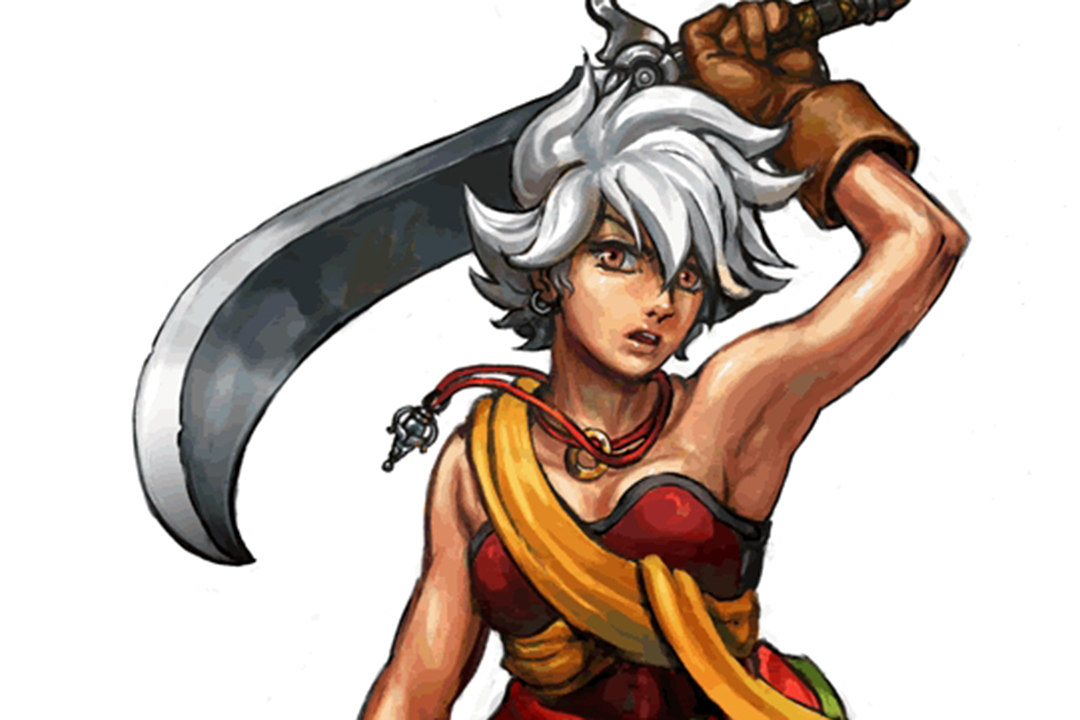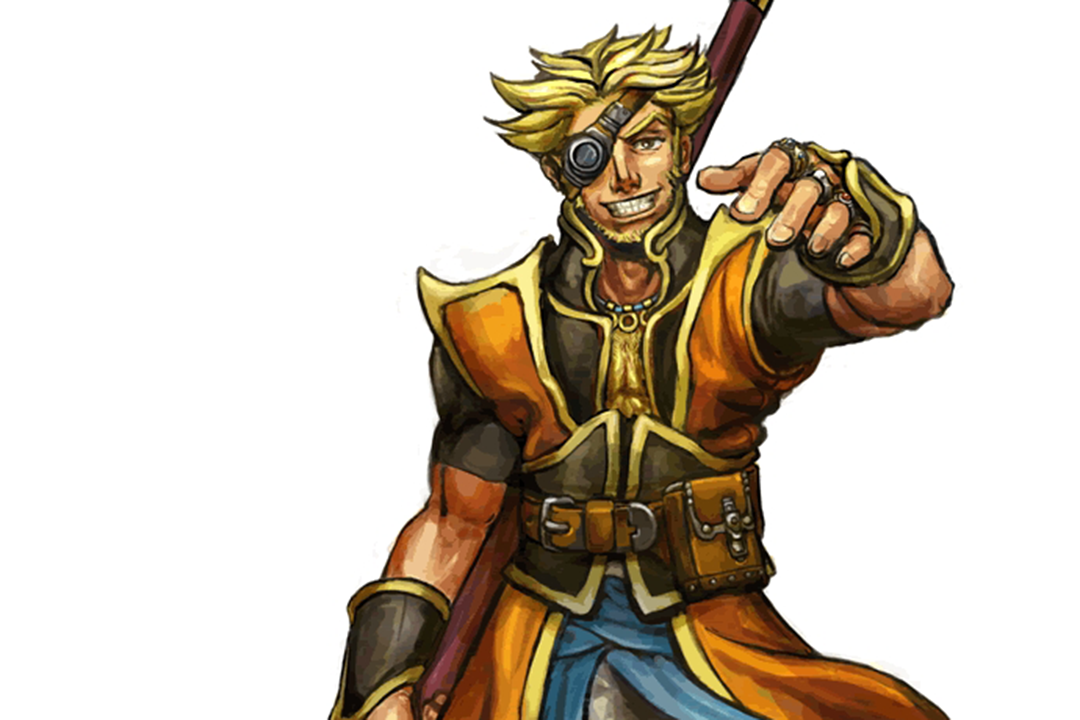Making indie games today is hard - 15 years ago it was impossible
The sad story of Black Sigil: Blade of the Exiled

There’s a reason that most people play video games instead of making them. Making games is hard. Really hard. It requires time, skills and dedication that most people simply don’t have. And even if you do, there’s no guarantee of success. For every Minecraft and Shovel Knight, there’s dozens of other teams and projects that earn little to nothing for their efforts. But however many failed projects and forgotten games there are now, it’s still easier to make an indie game today than it was 15 years ago. Back then, things like digital distribution were in their infancy and indie games themselves had nowhere near the level of acceptance they enjoy today. It might be fair to ask, in turn, why Pierre-Yves Leclerc thought it’d be a good idea to create an epic RPG in 2001.
To an extent it was all triggered by chance. Still in college, Leclerc had been working on a private project he’d dubbed Red Rain. “It was a Final Fantasy 6 clone for PC,” he explained. “I had some demos floating on the web and eventually a very talented artist noticed it and proposed helping with the art.” That artist would be a Maya Sawamura (then Maya Anderson). “I thought the indie game he was working on was the most polished one I’d ever encountered,” she said. A ‘fast friendship’ formed between the two and they decided to try their hand at creating a new commercial title in the style of a 16-bit JRPG. “We thought, why don’t we make something we can sell? How hard can it be?”

They recruited a writer who, according to Leclerc, wound up being a poor fit for the project and left shortly after joining. Using the ‘shell’ that person created however, Leclerc and Sawamura were able to flesh out and complete the game’s narrative. It would follow the adventures of Kairu, a young swordsman living in a world where everyone has magic and he doesn’t. Fearing a repeat of the conflict that occurred the last time a magicless person appeared, his countrymen banish him and, as often happens, adventure ensues. The game was named Project Exile to match its themes
In 2002, they began moving forward to take their writing and build a game around it. It was at this point that the challenges of their undertaking began to fully reveal themselves. With no money to hire additional help, Leclerc and Sawamura had to do ‘about 90 percent’ of the ‘core work’ by themselves. Leclerc was able to able to recruit his childhood friend Vincent Dehaut, but he largely handled legal matters along with other ‘odds and ends.’
With no money to hire additional help, Leclerc and Sawamura had to do ‘about 90 percent’ of the ‘core work’ by themselves.
Enthusiastic as they were, progress was slow. Leclerc finished college and then had to balance Project Exile with a full-time job. Sawamura likewise struggled to juggle her studies with her work on the game. “I remember just waking up, sitting at my desk and working all day until I slept. There was one time where I didn't leave the house for a few weeks during summer vacation,” she said. “We were clueless about how long it was going to take to be done.”
The game’s lengthy development would eventually force Sawamura to leave the project. “I graduated from college, and started going into debt. We weren't going to make the deadline for releasing on the Game Boy Advance, so I thought we were done for. I felt so helpless about it.” While Sawamura’s departure was a ‘hard blow,’ Project Exile would eventually crawl to completion. After seven years, the game was published on the Nintendo DS as Black Sigil: Blade of the Exiled. Leclerc and Dehaut opened up an office and officially established themselves as Studio Archcraft. It seemed as though the years of hard work had finally paid off. Sadly, the joy of completion was short-lived.

Distributed through a small publisher, Black Sigil only received a limited cartridge run, making copies hard to find. Making matters worse, the game’s critical response was mixed, at best. While some reviewers enjoyed its story and appreciated Sawamura’s authentic-looking 16-bit art, many criticized it for being buggy, too difficult and for having an overly high random encounter rate. Some of these critiques felt unfair to Leclerc, especially when compared to other standard bearers of the genre. “Black Sigil's encounter rate was lower than Final Fantasy 6’s,” he said. “I actually used their formula and made it slightly less on most maps.” Leclerc also took issue with how long some reviewers played the game before writing their reviews. “[Several] reviews indicated that the writer only invested about an hour. They might have had valid concerns about the intro, but that wasn't representative of the game as a whole."
Sign up to the GamesRadar+ Newsletter
Weekly digests, tales from the communities you love, and more
“I remember just waking up, sitting at my desk and working all day until I slept. There was one time where I didn't leave the house for a few weeks during summer vacation”
Maya Sawamura
These frustrations aside, Leclerc admitted that Black Sigil had problems. “It was way too hard in the early game, especially for new players. That's something I would definitely change if I could go back.” Sawamura also concurred with many of the poor reviews. “I mostly agreed with the negative response,” she said. “I felt sad that something I worked on to make people happy frustrated them instead. It was hard to let that go.”

With the game selling poorly due its limited availability and lackluster reception, Studio Archcraft also soon found itself in conflict with its publisher over royalty payments. While the team received a $30,000 advance to help cover development costs, its post-release profits amounted to zero. “We were hoping for a payout and got nothing,” said Vincent Dehaut.
Bleeding money, Studio Archcraft was forced to dissolve. This, in turn, led to the cancellation of its next game, a sequel to Black Sigil. Leclerc regrets this casualty, in particular. “We were on track to wrap up Black Sigil 2 in probably a year and a half,” he said. “Design and code was pretty far along and the game was looking great.” Having learned some hard lessons making the first game, he’d hoped to improve on the experience in its sequel. He wouldn’t get the chance.

Perhaps the biggest tragedy of Black Sigil: Blade of the Exiled is that it’s not hard to imagine ways that it could have been more successful. When it was released in 2009, digital distribution was well established and had become a valuable tool for indie developers. If Black Sigil had released on Steam instead the DS, it probably would have fared better. Had the game been made today, many of its flaws could also have been rectified with a post-release patch. It likewise goes without saying that a modern day Studio Archcraft could have benefited from a crowdfunding campaign. In many ways, Black Sigil’s failure can be chalked up to the project’s turn of the century origins. Forged in an earlier era for a more restricted market, it simply wasn’t suited for the world that was waiting for it when it finally released.
“We were hoping for a payout and got nothing”
Vincent Dehaut
Thankfully Black Sigil wasn’t a total bust for Leclerc, Sawamura or Dehaut. While the game itself yielded few tangible rewards, the skills they learned during its development helped them move on to careers that have long since surpassed their failed creation. Dehaut now works as a business manager and lawyer, while Leclerc and Sawamura have both gone on to continue their craft in the games industry. “One of the best things for me about Black Sigil as a project was that it had me touching every single aspect of a game,” said Leclerc. “That gave me knowledge and confidence that other software engineers probably will never get even in the entirety of their careers.” Black Sigil might not have put their names on the map, but it helped give them the experience needed to walk further down the road.
Stewart has been a freelance journalist writing for titles like GamesRadar, GamePro, IGN, UGO Entertainment, and more for over 13 years. He covers features, walkthroughs, reviews, and more in the video game space.


